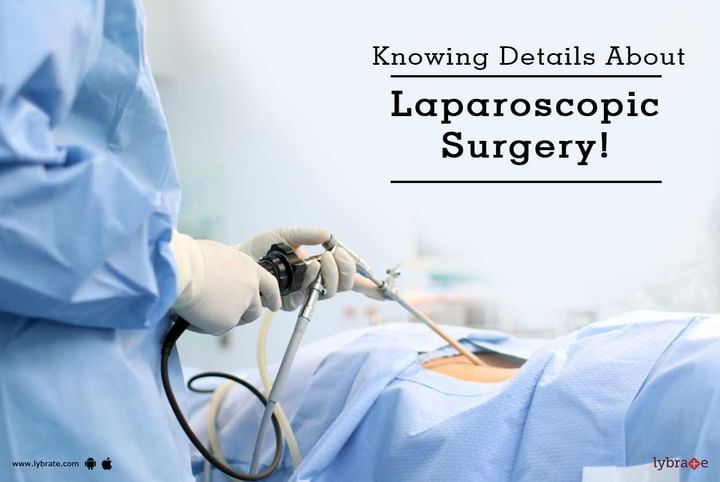Knowing Details About Laparoscopic Surgery!
Surgery using a laparoscope is the most common way to remove the gallbladder. A laparoscope is a thin, lighted tube that lets the doctor see inside our belly. It is a minimally invasive surgery in which small incisions and specialized tools are used to remove a diseased or infected gallbladder.
The gall bladder is a small organ that sits right under the liver and is credited with bile storage, which can help the body in breaking down various kinds of fats that enter it. So, what all do you need to know about this operation? Read this list.
Reasons for Gall Bladder Operation: The gall bladder is not a very efficient organ. It can lead to blockages and choking as the bile it stores can become very thick and difficult to handle. Also, this bile can start to harbor deposits that are hardball like substances, usually known as gall bladder stones. The size of these stones can vary from the size of a grain to the size of a golf ball.
Further, these gall bladder stones can cause infections which can lead to symptoms like nausea, vomiting, bloating and more. Another reason can also be the gall bladder disease known as cholelithiasis, which can cause abdominal pain. Inflammation in the pancreas, also known as pancreatitis, can lead to gall bladder open removal surgery.
Risk: While the gall bladder removal surgery is usually considered a safe one, with little or no complications, there are risks attached to this surgery too. These include sudden and excessive bleeding and the creation of blood clots, allergic reactions to the drugs used as well as anaesthesia, blood vessel damage, accelerated heart rate which leads to an increased risk of contracting a heart attack or heart disease, infections, inflammation or swelling in the pancreas, and injuries caused to the bile duct during surgery.
You might also need this type of surgery if you have the following:
1. biliary dyskinesia, which occurs when the gallbladder doesn't fill or empty correctly due to a defect
2. choledocholithiasis, which occurs when gallstones move to the bile duct and potentially cause a blockage that prevents the gallbladder from draining
3. cholecystitis, which is an inflammation of the gallbladder
4. pancreatitis, which is an inflammation of the pancreas
Laparoscopic surgery is preferred over open cholecystectomy surgery because the smaller incisions that are made reduce your risk of infection, bleeding, and recovery time.
Preparation: To prepare for your gall bladder removal surgery, the doctor may ask you to have a prescription fluid so that your bowels are flushed clean. You may also be asked to fast for at least six hours before the surgery so that there is no hindrance to the same. Also, the use of antibacterial soap to bathe is usually prescribed so that the risk of contracting infections decreases.
While this surgery can be a simple one, you will have to take due care after the surgery to ensure that the recovery is fast and virtually pain-free.



+1.svg)
